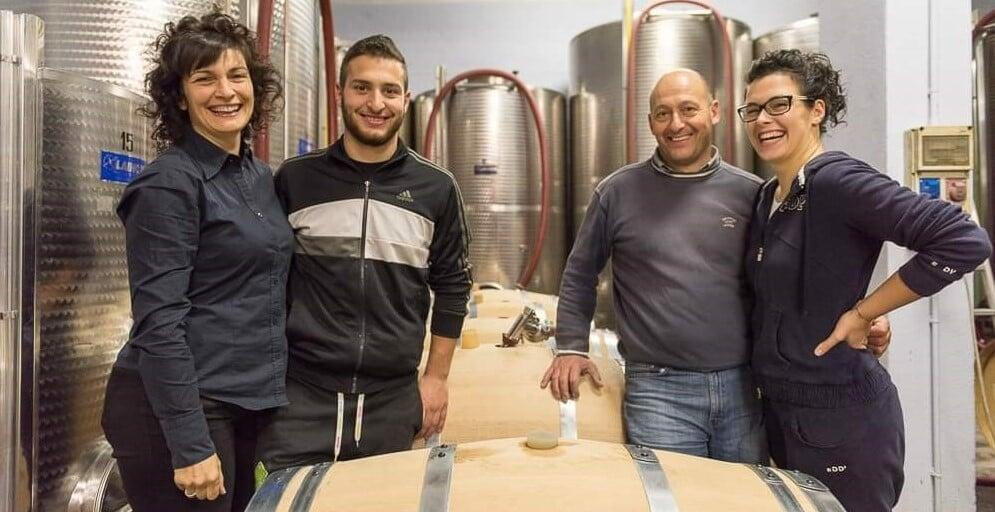
Giovanni Corino
Deeply rooted in tradition, constantly looking to innovate. For generations. The Corinos epitomize the word generous - their winemaking practices are generous to the land, and their kindness extends to the people around them.
On the small hamlet of Annunizata, between the Arborina and Giachini vineyards, you will find the Corino family - making wines that are true expressions of the terroir of their vineyards.
Their history reads similar to many others - their family started off as mezzadri (sharecroppers) in 1952, when Celeste Corino and family moved to the area. Celeste's son Giovanni grew up following in his father's footsteps and eventually founded the Corino Azienda Agricola, focusing his attention on the vineyards. Initially, they sold their grapes, and not until the mid-1980s the Corinos bottled their first barolo.
Today, Giovanni mostly tend to his vegetable garden (one of the best in the area), whilst Giuliano (Giovanni's son), Stefania, Andrea and Veronica run the winery
Wines
The Giovanni Corino winery cultivates 9 hectares of vineyards in the area of La Morra, with an annual production of about 50,000 bottles.
They produce barolos from the Arborina and Giachini vineyards, and lately also added Bricco Manescotto. Their Barolo del Comune di La Morra is a mix of their vineyards. A Riserva rounds out their Barolo range. Also, the Corinos make a Dolcetto d'Alba, a Langhe Nebbiolo, a Barbera d'Alba, as well as a Barbera Ciabot du Re from old vines.
Winemaking
The winery played an active role in what was a momentous time in Piemonte - on the back of the likes of Angelo Gaja and Elio Altare - constantly seeking to improve the winemaking process and the true expression of the terroirs of La Morra.
Today, they have adapted and perfected the ideas and techniques to the peculiarities of the different grapes and vineyards. For those wanting to put them in a bracket, modern classicists might work. Modern classicists, constantly looking to innovate, that is.
Integrated insect and disease control is employed. Sulfur- and copper-based products prevalent. Only manure is used as fertilizer. Spontaneous cover crops (grass cover) are left between the rows of vines. There is minimum use of SO2 in wines in order to prevent oxidation.